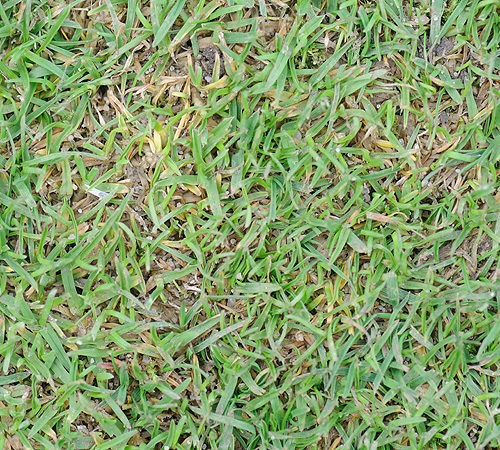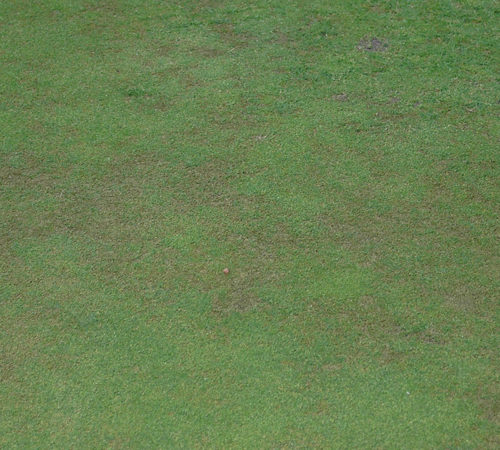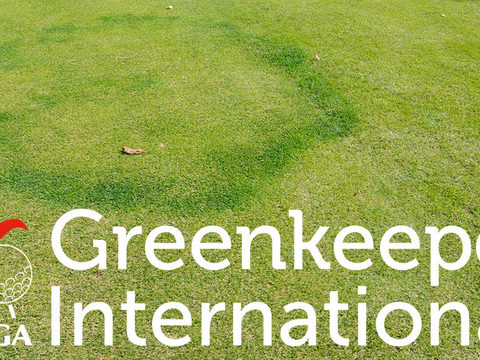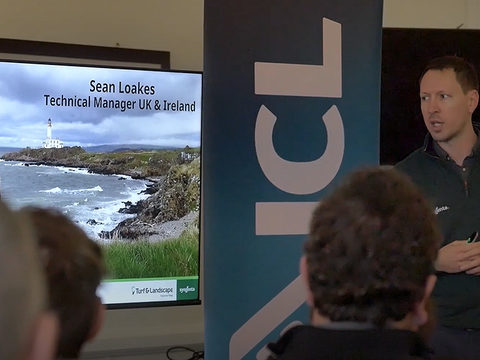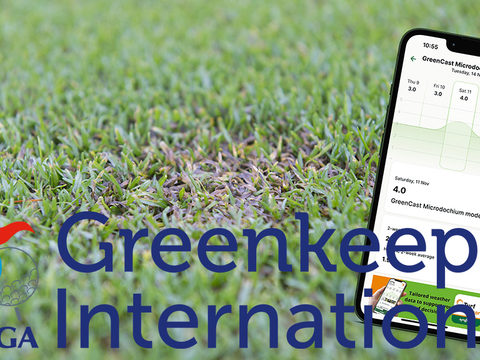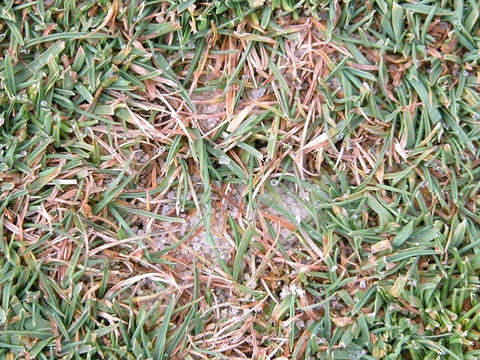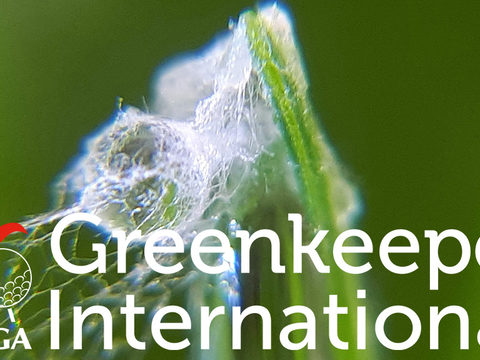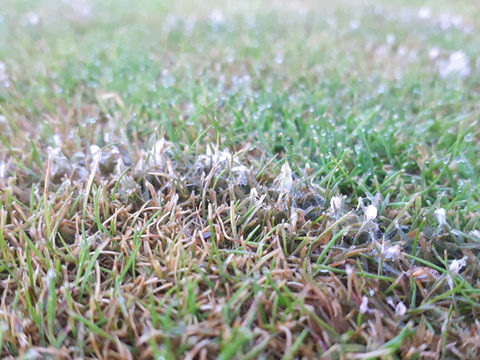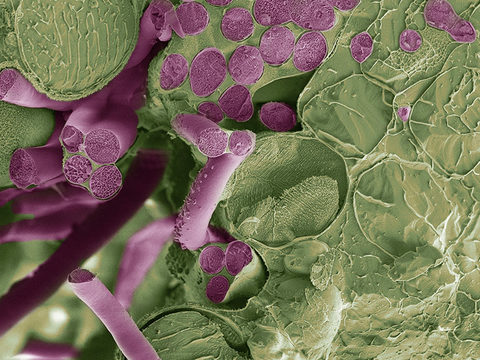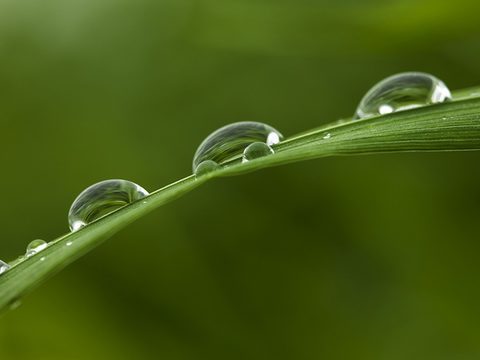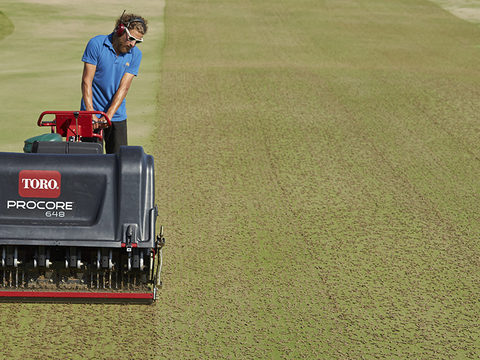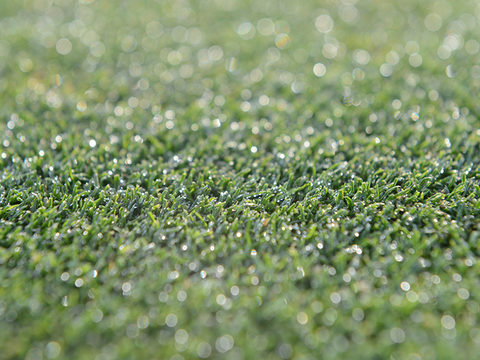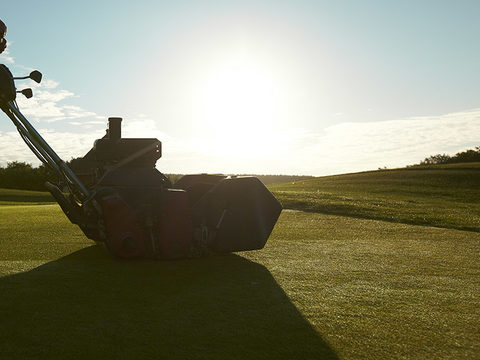Anthracnose on a knife edge
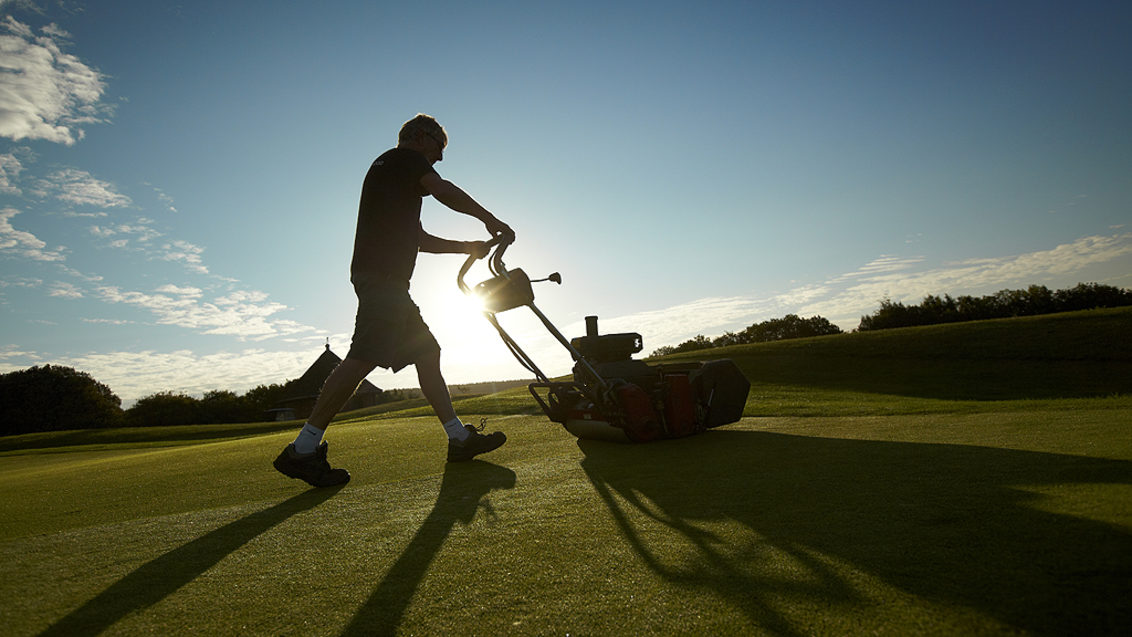
New developments in turf management technology over recent years has allowed course managers to push boundaries in presenting consistently better playing surfaces. But there is always the potential to move ever closer to the edge of failure.
There’s immense stress on turf from pressure imposed to meet players’ demands, combined with environmental conditions - including heat, sunlight and moisture - getting ever more severe and for prolonged periods.
And with increased stress, comes the increased risk of anthracnose. Healthy turf, effectively managed under an Integrated Turf Management programme, can withstand a high level of anthracnose pressure.
However, if any of the stress factors impinge on turf health, it can rapidly succumb to disease outbreaks and damaging loss of turf quality.
Research shows that at warmer temperatures, typically above 22°C, short periods of leaf wetness could allow anthracnose lesions to quickly develop. Hot, humid weather and thunderstorms are a worst case scenario for outbreaks.
However, studies to calculate the curve of Anthracnose Severity Index clearly indicated that even at cooler summer temperatures, with an average daytime 20°C, longer periods of wet leaves could still initiate disease symptoms. Clearly irrigation scheduling, switching greens and wetting agent programmes to maintain drier surfaces would help to minimise risks.
All your question about anthracnose answered here.See the new GreenCast Disease Notes FAQ. |
Trials have also shown a close correlation between height of cut and the severity of anthracnose outbreaks (Table 1.)
Height of cut (mm) | % of turf area infected | |||
2.8 | 4.2 | 36.8 | 51.7 | 61.8 |
3.2 | 2.6 | 32.2 | 48 | 53.6 |
3.6 | 1.1 | 28.8 | 40.5 | 44.5 |
Table 1. Reduced height of cut is directly correlated to the incidence of anthracnose risk and infection | ||||
It goes without saying that a clean cut with sharp blades minimises the leaf wound for disease ingress, as well as reducing stress on the plant. Reducing the frequency of cutting with a PGR programme further eases the pressure, with trials showing the chance to alternate rolling and mowing can significantly reduce the risk of infection.
Furthermore, experience has shown a Primo Maxx II programme through the summer can allow mowing height to be marginally raised without negative impact on green speed. Even easing from 2.5 mm to 2.8 mm gives 12% more leaf, with a real potential benefit for plant health and especially root retention through the summer (See last issue of InSight).
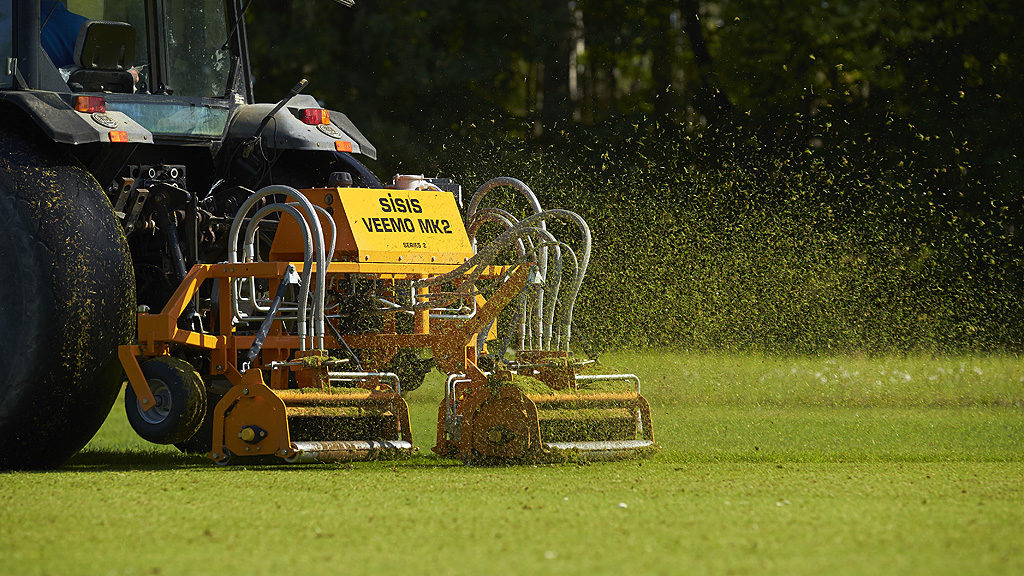
In research trials, top dressing has shown to be effective at reducing the incidence of infection, from better aeration and drainage. Light verticut operations, to "true" up uneven growth when the plant is in a healthy condition, shouldn't cause problems; but getting too aggressive with modern verticut units and damaging the crown of the plant will enhance plant stress and could increase opportunity for infection.
New techniques for Ryder pigment technology, to protect turf from excess sunlight, could help to alleviate some of the cause of summer outbreaks.
However, whilst for the first time we have the ability to separate turf colour from nutrition, it is still crucial to ensure plants still have sufficient fertiliser to maintain healthy growth.
Trials with ICL and STRI have shown the best results for summer anthracnose control involves the combination of adequate nutrition, along with well-timed fungicide applications when conditions for infection are forecast, or other stressful periods are anticipated.
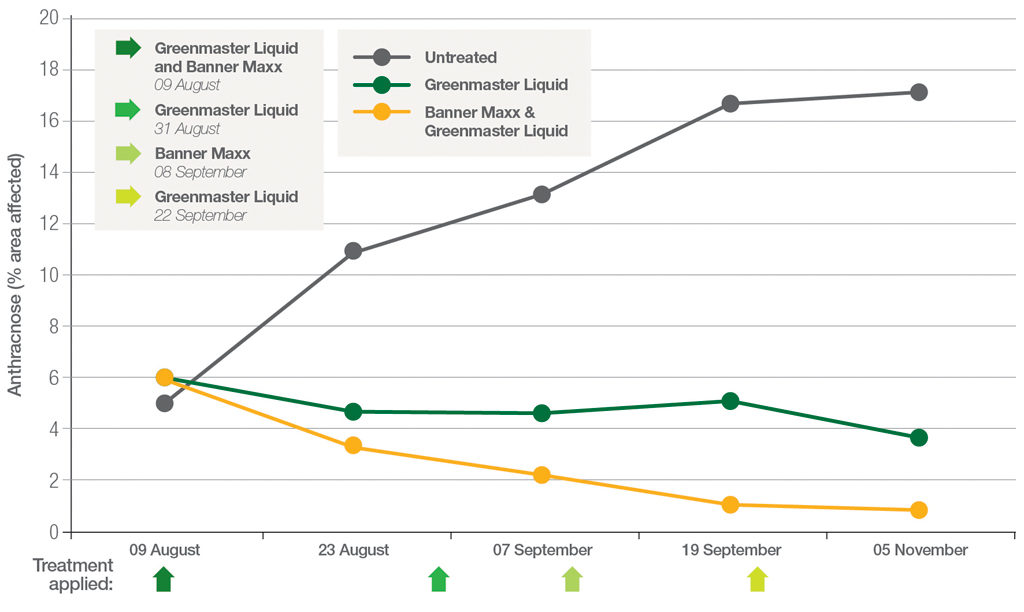
|
Fig 1. Nutrition is a crucial element of maintaining stress free turf. The combination of fertiliser and fungicide was the most effective route to preventing effects of anthracnose, as well as maintaining better colour and turf health. Source: STRI |
The complex interaction of different stress factors on turf and climatic conditions does make anthracnose difficult to predict. However, reviewing historic weather conditions and pinpointing when outbreaks have occurred on your course, can help anticipate problems and, where possible, adapt management or adjust timing of potentially stressful actions to avoid these periods.
Turf managers now have the tools to effectively prepare ever better surfaces to meet players’ demands. The challenge is to not push it over the edge and take an anthracnose hit, whilst not falling off the back and losing acceptable condition.
How do you spot and identify anthracnose? | ||||
With foliar blight infection the grass turns a tan-yellow colour in irregular patches. Typically occurring in summer, it is often mistaken for drought, particularly since the stress induced by drought can be a significant trigger for anthracnose to break out. The presence of acervuli with hair-like setae is used to diagnose foliar blight under the microscope. Basal rot, prevalent in cooler wet conditions, begins as yellowing of older leaves on individual plants. The youngest leaf may become brick red in the later stages of development. The plant easily pulls from the turf and a black rot is visible at the base of the stem.
| ||||

